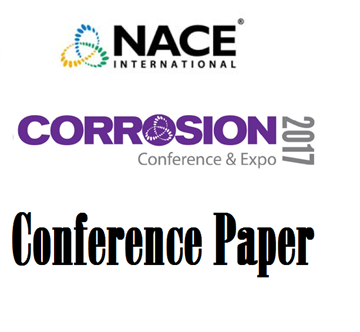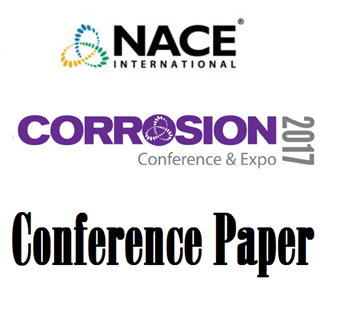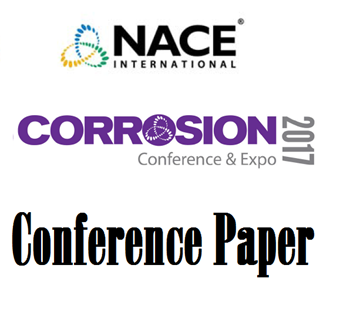Search
Products tagged with 'cathodic protection'
View as
Sort by
Display
per page
In Defense of the Monolithic Isolation Joint
Product Number:
51317--8993-SG
ISBN:
8993 2017 CP
Publication Date:
2017
$20.00
Influence of Anodic Current on Corrosion Protection Conditions of Buried Steel Pipeline Under Cathodic Protection
Product Number:
51317--9021-SG
ISBN:
9021 2017 CP
Publication Date:
2017
$20.00
Inline Cathodic Protection Current Mapping - Applications
Product Number:
51322-17629-SG
Publication Date:
2022
$20.00
Innovative Mitigation Strategies to Address Ac Corrosion At Higher Frequencies
Product Number:
51323-19280-SG
Publication Date:
2023
$20.00
Instant-Off Potentials Underestimate Cathodic Protection Levels on Pipelines
Product Number:
51323-19083-SG
Publication Date:
2023
$20.00
Integrity evaluation of offshore wind structures utilizing complementary monitoring techniques
Product Number:
51323-19292-SG
Publication Date:
2023
$20.00
Interpretation and Selection of Direct Examination Locations with Respect to ECDA Methodology
Product Number:
51317--9304-SG
ISBN:
9304 2017 CP
Publication Date:
2017
$20.00
Investigation of Hydrogen Embrittlement of High Strength Pipeline Steels Under Cathodic Protection
Product Number:
51317--9255-SG
ISBN:
9255 2017 CP
Publication Date:
2017
$20.00
Investigation of Painted Steel Piles at a Marine Commerce Terminal in Coastal New England
Product Number:
51323-18780-SG
Publication Date:
2023
$20.00
Investigation of the Electrochemical Behavior of Al-Zn-Bi based Sacrificial Anode in Artificial Seawater
Product Number:
51323-19472-SG
Publication Date:
2023
$20.00
Investigations Of Corrosion Protection Of Natural Gas Pipeline Steel By Al Sacrificial Corrosion Coatings Using Electrochemical Techniques
Product Number:
51321-16689-SG
Publication Date:
2021
$20.00
Laboratory Study of Internal Corrosion and Cathodic Protection Concerns Related to Offshore Monopile Structures
Product Number:
51323-18894-SG
Publication Date:
2023
$20.00












